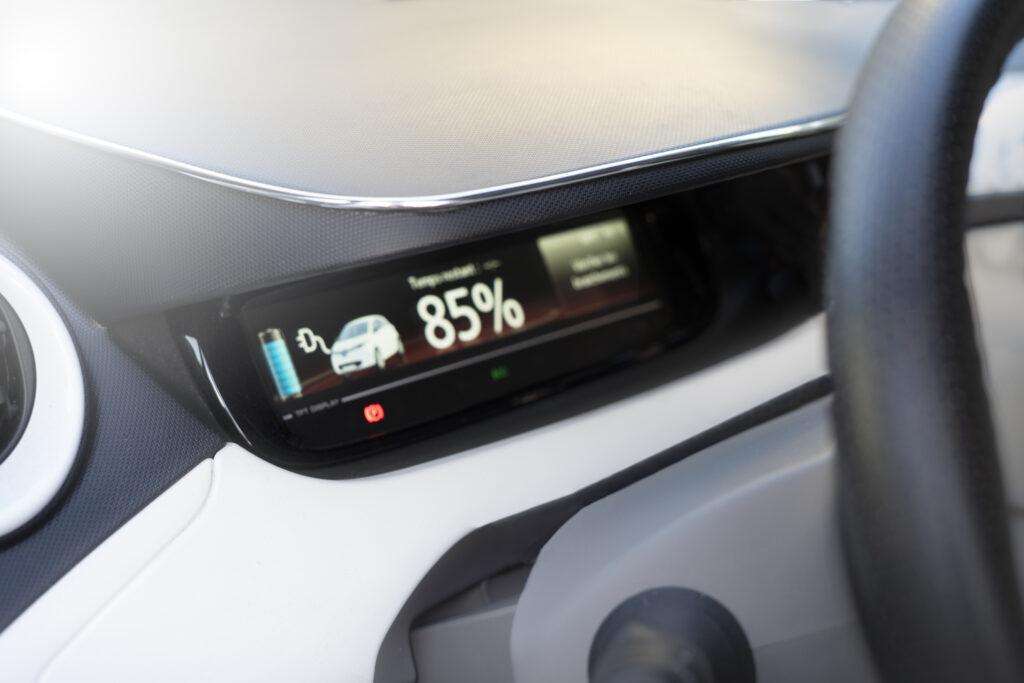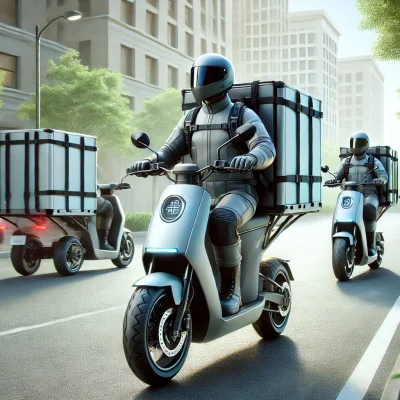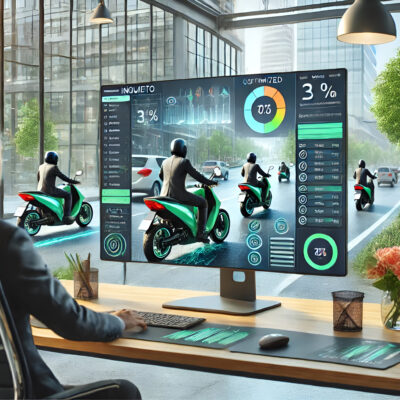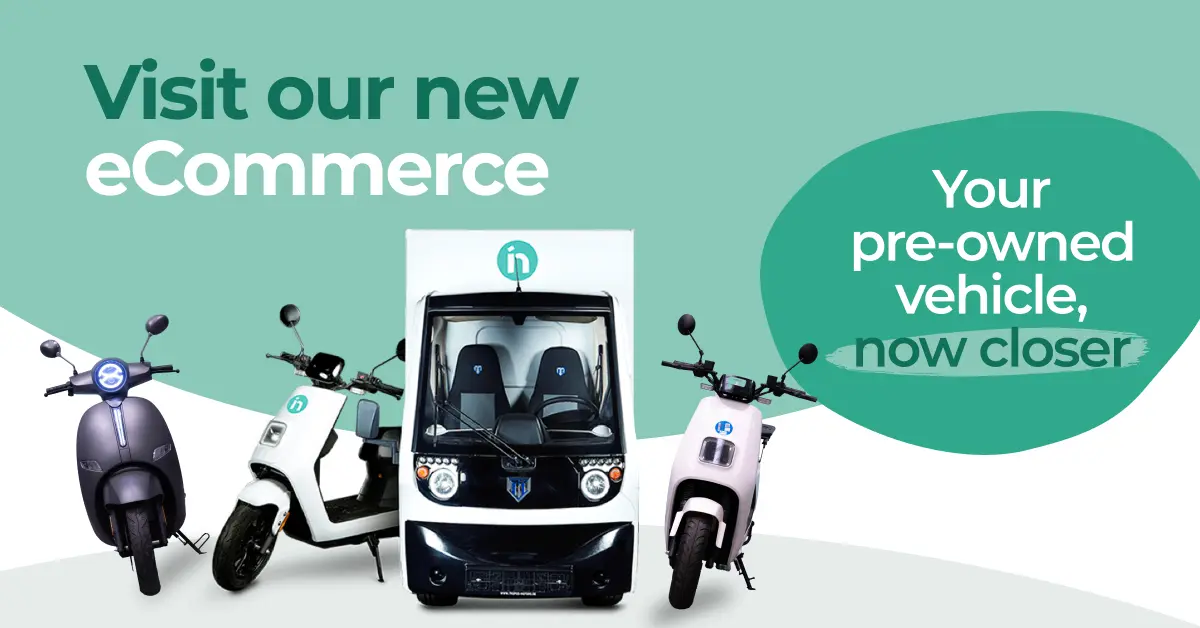How long should the autonomy of an electric vehicle last to meet the demands of a full working day?
This is one of the most important questions that any business should ask itself before selecting the vehicles that will make up its sustainable fleet. Although there is no exact figure for ideal autonomy, approximations can be made depending on the routes or movements that each company or project demands. Are you still not sure? Here at Inquieto we help you estimate your perfect autonomy.
During a working day dedicated to the constant movement of staff, goods or the delivery of packages, the electric vehicles of any business should, as a general rule, have autonomy that allows you to travel 100 to 300 kilometres without needing to recharge. And what is this figure based on? On the average distance that a delivery vehicle can travel in a typical day, taking into account possible deviations, frequent stops and the effect of load on energy consumption.
In any case, autonomy that falls within these margins, always depending on whether we are talking about electric motorcycles, quadricycles, vans or others, would ensure that the vehicle can complete an 8 to 10 hour working day without interruptions, thus optimising delivery times and maintaining operational efficiency without compromising the need for intermediate recharges, which is key in dense urban environments and on extensive delivery routes.
However, whatever the number of kilometres that your business requires to travel daily, due consideration should be given to an additional margin to face any unforeseen events or changes in routes or displacements.
What does a full working day entail?
If we delve deeper to answer the question at hand, it is important to define what is meant by a full working day. In most cases, a typical working day includes about 8 hours, during which workers may need to make multiple trips, whether to attend meetings, visit clients, make deliveries or any other work activity that requires travel.

Factors to bear in mind
When evaluating the required autonomy of an electric vehicle for full working days in the context of the delivery or transportation of goods, the following factors need to be borne in mind:
- Average daily distance: Determining the total distance to be travelled in a day is essential. This includes both planned routes and possible detours.
- Frequency of stops: Delivering packages or transporting goods involves many stops, which can affect the energy efficiency of the vehicle.
- Traffic conditions– Traffic conditions vary and can have a significant impact on the vehicle’s autonomy. Traffic jams, for example, can increase energy consumption.
- Type of load: The weight and type of goods transported influence the energy consumption of the vehicle. The transportation of heavier loads requires more energy.
- Land topography– Routes with steep slopes or uneven terrain may increase energy consumption compared to flat routes.
- Weather conditions: Temperature extremes can affect battery efficiency. The use of heating or air-conditioning can also reduce autonomy.
- Availability of charging stations: The location and availability of charging infrastructure along planned routes can influence workday planning and vehicle selection.
- Vehicle efficiency: Specific vehicle characteristics, such as energy efficiency and the ability to regenerate energy during braking, are key to maximising autonomy.
- Battery technology– Battery capacity and technology determine how long a full charge can last and how long it takes to recharge.
Ideal autonomy for a full working day
As we said at the start, in light of the diversity of factors that can influence the autonomy required for a full workday, there is no single answer. However, many electric mobility experts suggest that autonomy of between 100 and 300 kilometres should be enough to cover most daily travel needs in working environments.
This autonomy would provide an additional safety margin for workers, allowing them to make multiple trips during the day without needing to recharge the battery. Furthermore, it would afford flexibility to deal with unforeseen events without worrying about running out of battery.






